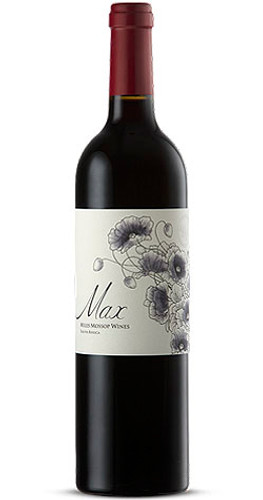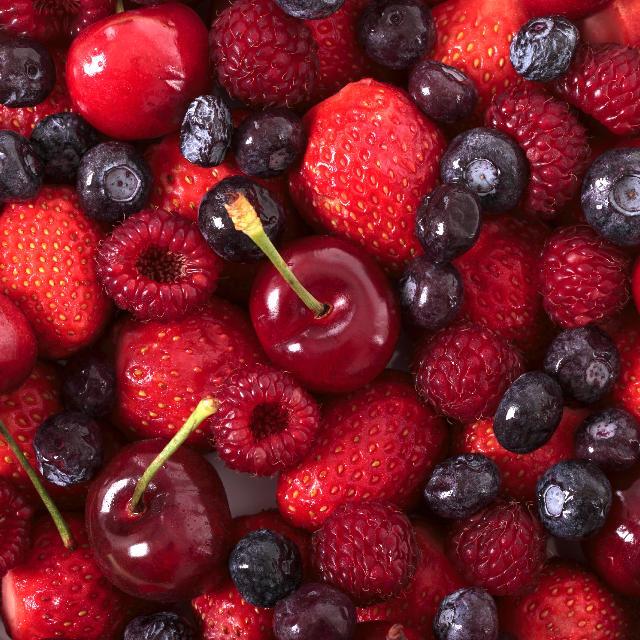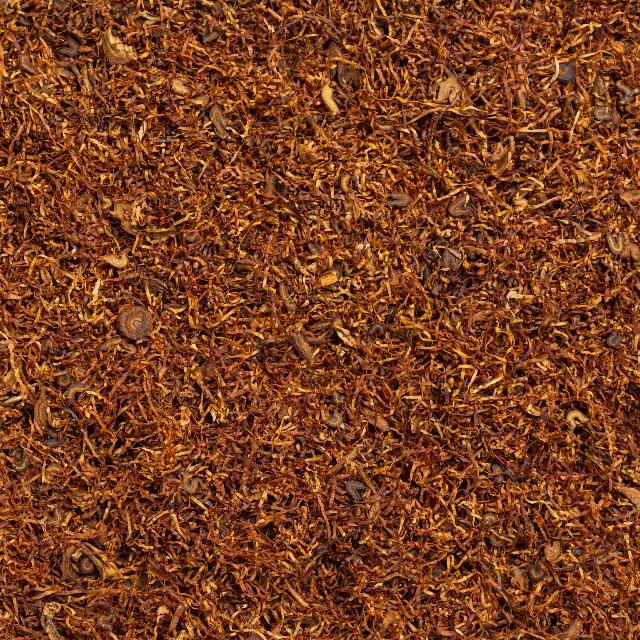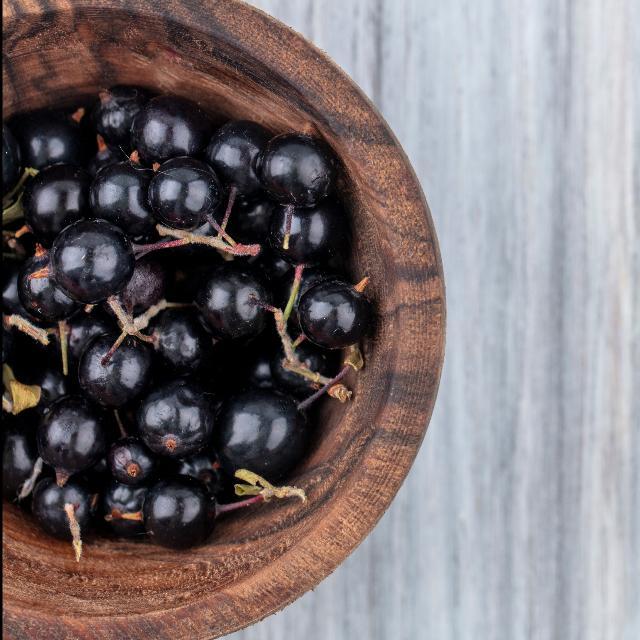Here’s the revised paragraph with correct American spelling and improved readability:
The wine has a vibrant garnet color that extends to a plum-red rim. The nose is a mélange of red and black berry fruit intertwined with hints of tobacco leaf and cedarwood. The wine enters the palate with juicy red and blackcurrant flavors, a clean-textured mid-palate, and a hint of savory notes.
The finish is long, dry, and textured with just a touch of vanilla and toast. It’s best served with venison pie, beef fillet with a red wine sauce, or an oxtail stew. The wine also pairs well with hard cheeses.
Ratings/Accolades:
Tim Atkin: 94 Points
John Platter: 4½ Stars
The wine has a vibrant garnet color that extends to a plum-red rim. The nose is a mélange of red and black berry fruit intertwined with hints of tobacco leaf and cedarwood. The wine enters the palate with juicy red and blackcurrant flavors, a clean-textured mid-palate, and a hint of savory notes.
The finish is long, dry, and textured with just a touch of vanilla and toast. It’s best served with venison pie, beef fillet with a red wine sauce, or an oxtail stew. The wine also pairs well with hard cheeses.
Ratings/Accolades:
Tim Atkin: 94 Points
John Platter: 4½ Stars
The vineyards are specially selected based on their age and location from various parts of Stellenbosch, mostly unirrigated and all low-yielding (4 to 6 t/ha). This ensures a pure expression of the environment in the wine.
The grapes are ripened to peak maturity (between 24 and 25 degrees Brix) before being hand-harvested and delivered to the cellar, where they are placed in a cold store overnight at 4 degrees Celsius. After destemming, the berries pass over a sorting table to remove any unwanted material.
The berries then fall through a crusher and drop, via gravity, into small open wooden and stainless steel fermenters. Fermentation takes place using the naturally occurring yeast on the grapes and can take up to 14 days to complete. Extraction occurs through regular pump-overs and punch-downs. Once fermentation is complete, the wine may stay on the skins for an additional period, depending on tannin development and ripeness. Afterward, the wine is drained off and pressed in a vertical basket press.
Malolactic fermentation takes place in barrels, after which the wine is racked and returned to the barrels for further maturation. Maturation occurs in small 225-liter French barriques, 29% of which are new, and lasts for 22 months with regular rackings. The wine received no fining or filtration before bottling. The wine was bottled in January 2018.
Winemaker: Miles Mossop
The grapes are ripened to peak maturity (between 24 and 25 degrees Brix) before being hand-harvested and delivered to the cellar, where they are placed in a cold store overnight at 4 degrees Celsius. After destemming, the berries pass over a sorting table to remove any unwanted material.
The berries then fall through a crusher and drop, via gravity, into small open wooden and stainless steel fermenters. Fermentation takes place using the naturally occurring yeast on the grapes and can take up to 14 days to complete. Extraction occurs through regular pump-overs and punch-downs. Once fermentation is complete, the wine may stay on the skins for an additional period, depending on tannin development and ripeness. Afterward, the wine is drained off and pressed in a vertical basket press.
Malolactic fermentation takes place in barrels, after which the wine is racked and returned to the barrels for further maturation. Maturation occurs in small 225-liter French barriques, 29% of which are new, and lasts for 22 months with regular rackings. The wine received no fining or filtration before bottling. The wine was bottled in January 2018.
Winemaker: Miles Mossop
Miles Mossop Wines was established in 2004 with the vision of creating wines unique in character, expressing the true nature of South Africa and the specific sites from which the grapes are sourced.
It is a family business, with Miles Mossop serving as both winemaker and viticulturist. Individual vineyards are sourced from across the Western Cape of South Africa, chosen for their potential to produce unique and exceptional wines tailored to the various wine styles and blends we create. Production is limited to 80 tons in total, resulting in 1,800 cases of white wine, 2,200 cases of red wine, and a limited amount of dessert wine.
Our goal is to craft wines with finesse and elegance while still showcasing power and fruit concentration. We focus on achieving great texture while maintaining balance. These are truly handcrafted wines that exhibit pure fruit expression and, more importantly, a strong sense of place.
It is a family business, with Miles Mossop serving as both winemaker and viticulturist. Individual vineyards are sourced from across the Western Cape of South Africa, chosen for their potential to produce unique and exceptional wines tailored to the various wine styles and blends we create. Production is limited to 80 tons in total, resulting in 1,800 cases of white wine, 2,200 cases of red wine, and a limited amount of dessert wine.
Our goal is to craft wines with finesse and elegance while still showcasing power and fruit concentration. We focus on achieving great texture while maintaining balance. These are truly handcrafted wines that exhibit pure fruit expression and, more importantly, a strong sense of place.











